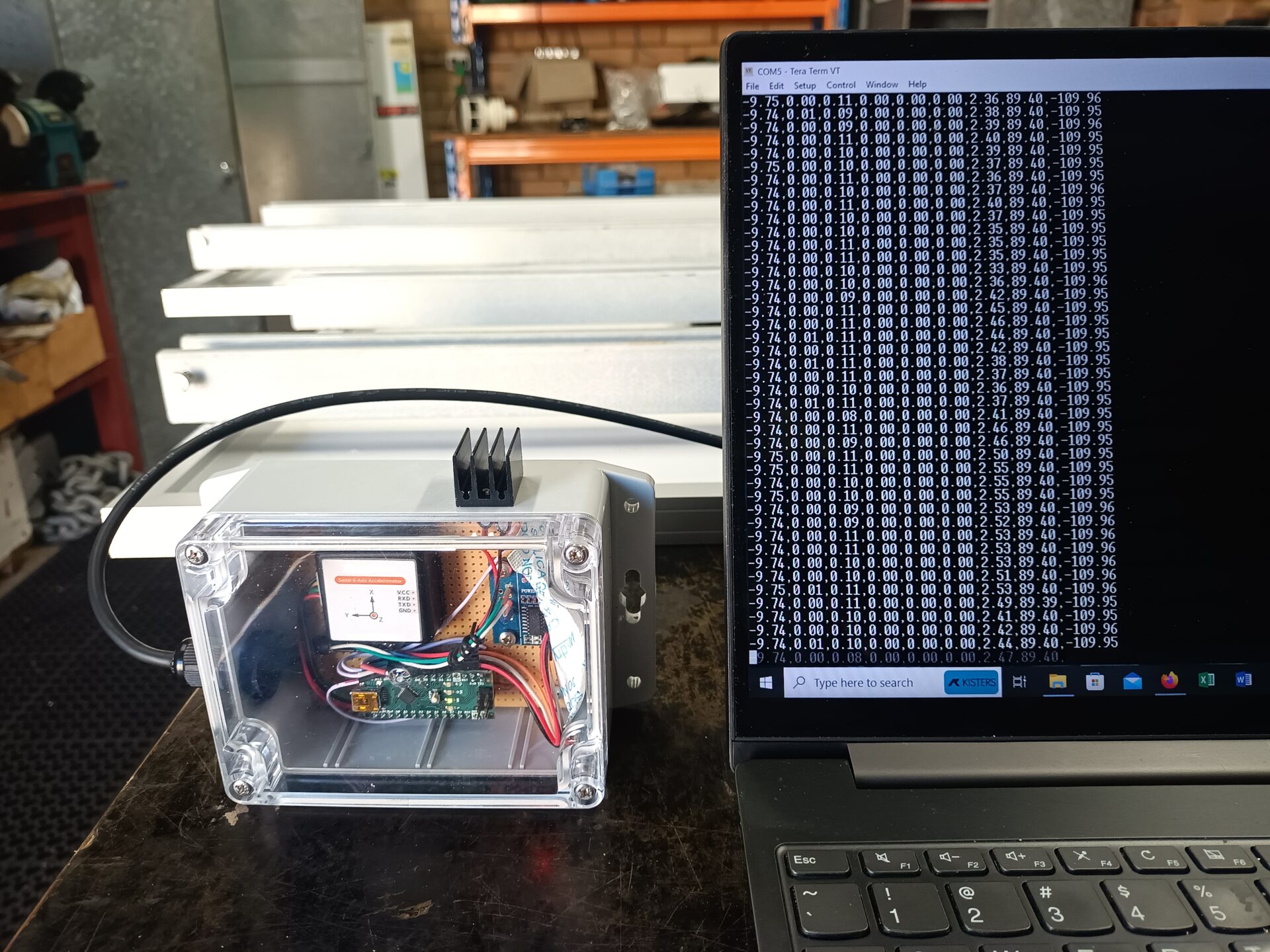Dive into increasing buoy resilience in rough seas with KISTERS innovation.
9 November 2023
 Conditions at sea can be temperamental at the best of times, something KISTERS understands well. They were recently faced with the unique challenge of maintaining the stability of a floating spar buoy in a notoriously rough coastal region of Western Australia.
Conditions at sea can be temperamental at the best of times, something KISTERS understands well. They were recently faced with the unique challenge of maintaining the stability of a floating spar buoy in a notoriously rough coastal region of Western Australia.
The buoy had been installed with the intention of marking breakers in the region’s rough seas, but was not performing as expected, raising concerns about its survival. KISTERS was called in to provide a solution due to their previous experience in installing a real-time subsea monitoring system at the site.
KISTERS implemented an innovative accelerometer monitoring system for the buoy, resulting in improved and reliable engineering insight and increased structural life.
Working with the client, KISTERS designed, tested and deployed a bespoke accelerometer monitoring system in just two weeks! Not only did they deliver in such a short time, but the solution they delivered was an outstanding product of innovation and out-of-the-box thinking. The system was able to accurately measure the movement of the buoy and correlate it with the recorded sea conditions, providing valuable data for analysis.
The system works by taking high-resolution accelerometer and tilt measurements. The data is then streamed remotely via 4G to a cloud-based server for access by port oceanographers and marine engineers. They use the data to re-evaluate the buoy’s technical specifications and determine its ability to understand the challenging environmental conditions.
The knowledge gained from such a thorough analysis of the structure’s behaviour in variable sea conditions has had a significant impact on the client, enabling them to develop appropriate solutions to improve the buoy’s performance and increase its resilience to challenging coastal conditions.
By correlating the measured data with the combined expertise of the port’s oceanographers and marine engineers, as well as relevant environmental factors, the buoy’s technical information was revised, allowing a more accurate assessment of its survivability.
The real-time and high-resolution nature of the data facilitated rapid decision making and early detection of any structural issues. All in all, a highly successful collaboration between all parties, driven by KISTERS’ expertise and deep understanding of this type of structure and the oceanic environment.